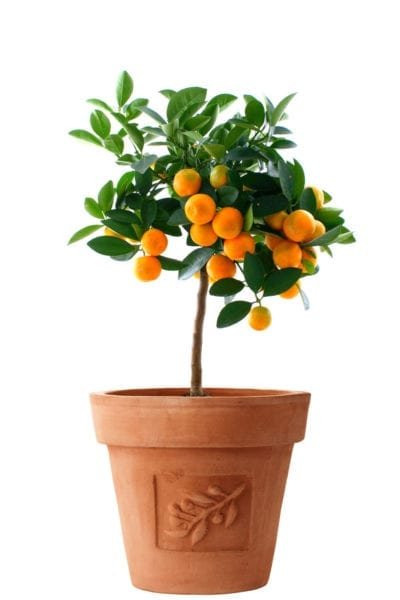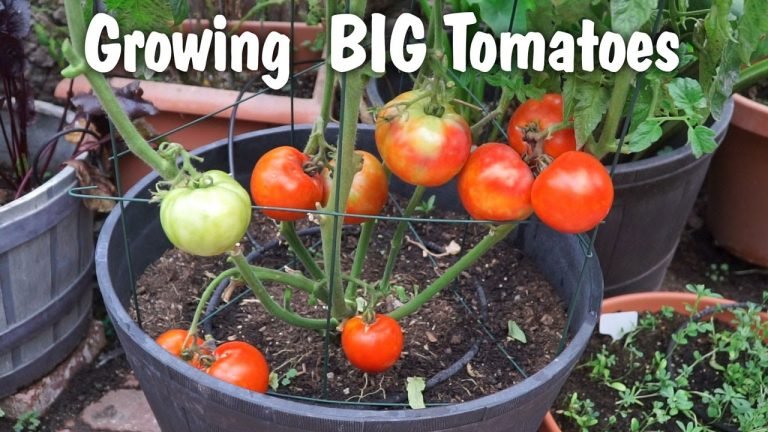how to grow eureka lemon tree in a pot – [Beginners Guide]
Are you looking to add some fresh and tangy flavor to your home-grown produce? if yes then your next question will be How to grow eureka lemon in a pot? Growing a Eureka lemon tree in a pot is not only a great way to infuse your surroundings with a delightful scent and delicious fruit, but it’s also incredibly convenient and easy to care for. Growing a Eureka lemon tree in a pot could be the perfect solution for you! Not only does it offer a delightful scent and delicious fruit, but it’s also incredibly convenient and easy to care for in a pot.
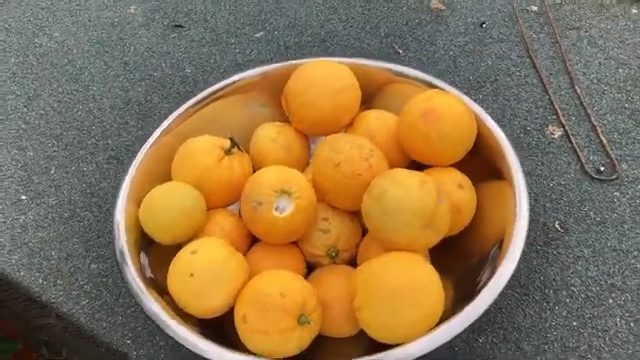
As someone who has grown a Eureka lemon tree in a pot myself, I can attest to the benefits of this method. Not only does it allow you to enjoy the beauty and aroma of the tree up close, but it also makes it easy to move the tree indoors during colder months or inclement weather.
In this guide, we’ll cover everything you need to know to successfully grow a Eureka lemon tree in a pot, from choosing the right container and soil to providing the proper amount of sunlight and water. We’ll also discuss how to care for your tree throughout the year and address common issues you may encounter.
So if you’re ready to add some zest to your gardening routine and enjoy fresh lemons straight from your own backyard, let’s dive in and learn how to grow a Eureka lemon tree in a pot!
Pot or container selection
To grow Eureka lemon trees at home, it is important to choose a pot that is large enough to accommodate the tree’s root system and allow for proper drainage. Here are some guidelines to consider when selecting a pot for your Eureka lemon

Size and capacity: Eureka lemon trees can grow up to 20 feet (6 meters) tall in the ground, but when grown in a container, they typically reach a maximum height of 8-10 feet (2.4-3 meters). Therefore, it’s best to choose a pot that is at least 18-24 inches (45-60 cm) in diameter and 18-24 inches (45-60 cm) deep to allow for adequate root space. The pot should have a capacity of at least 20-30 gallons (76-114 liters) to provide enough soil for the tree’s root system to thrive.
Construction: The construction of the pot is also important for the health of your Eureka lemon tree. Here are some factors to consider:
Material: Choose a pot that is made of a durable material such as ceramic, plastic, or fiberglass. Avoid pots made of metal or wood, as they may leach chemicals into the soil or rot over time.
Drainage: Make sure the pot has several drainage holes in the bottom to allow excess water to drain out. This will prevent waterlogged soil, which can lead to root rot. You can also add a layer of rocks or gravel to the bottom of the pot to aid in drainage.
Style: You can choose a pot with a decorative design or a more utilitarian style, depending on your preference. Just be sure to choose a pot that is functional and well-suited for growing Eureka lemon trees.
In summary, when growing Eureka lemon trees at home, choose a pot that is at least 18-24 inches (45-60 cm) in diameter and 18-24 inches (45-60 cm) deep, with a capacity of at least 20-30 gallons (76-114 liters). The pot should be made of a durable material with proper drainage holes to prevent waterlogging and allow for optimal growth.
Make suitable soil mix
When it comes to growing eureka lemon trees, the type and mixture of soil used are also important factors for optimal growth. Here are some things to consider:
Type
Eureka lemon trees prefer a well-draining soil mix with a pH range between 5.5 and 6.5. A good potting mix for eureka lemon trees should consist of a combination of materials such as peat moss, perlite, vermiculite, sand, and compost. A soil mix with a high proportion of organic matter will provide good drainage and nutrient retention, promoting healthy root growth.
Mixture
In addition to a good quality potting mix, adding some amendments can help improve the soil’s nutrient content and drainage. Some options for amending the soil mix for eureka lemon trees include:
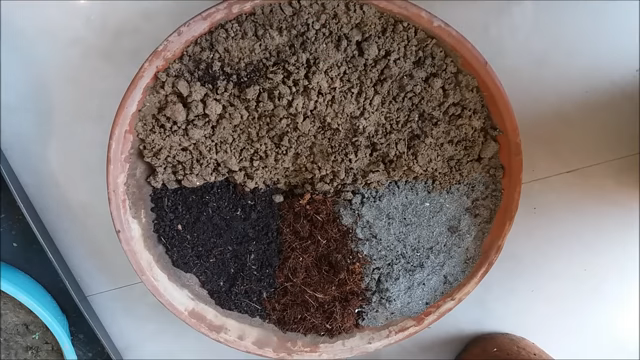
- Compost: Adding compost can improve soil structure, increase nutrient content, and improve drainage.
- Bone meal: Bone meal is a good source of phosphorus and calcium, essential nutrients for plant growth.
- Worm castings: Worm castings are rich in nutrients and beneficial microorganisms that promote healthy soil and plant growth.
- Epsom salt: Epsom salt is a good source of magnesium, which is important for photosynthesis and plant growth.
It’s important to note that the correct soil composition is essential for optimal growth, and using the wrong type of soil or soil mix can lead to poor growth and development, as well as susceptibility to diseases and pests. Therefore, it’s essential to use a good quality soil mix and make any necessary amendments to provide the best-growing conditions for eureka lemon trees.
How to plant the eureka lemon tree?
Here’s a step-by-step guide to planting a Eureka lemon tree in a pot at home:
Step 1: Choose the right pot
Select a pot that is at least 18-24 inches in diameter and depth to accommodate the root system of your Eureka lemon tree. Make sure the pot has drainage holes to allow excess water to drain away from the roots.

Step 2: Fill the pot with soil
Fill the pot with a high-quality potting mix formulated for citrus trees. Make sure to leave enough space at the top of the pot for watering.
Step 3: Plant the Eureka lemon tree
Remove the Eureka lemon tree from its container, taking care to gently loosen the roots. Place the tree in the center of the pot, making sure that the root ball is level with the soil surface.
Fill in around the root ball with soil, gently tamping it down to remove any air pockets. Water the Eureka lemon tree well to help settle the soil around the roots.
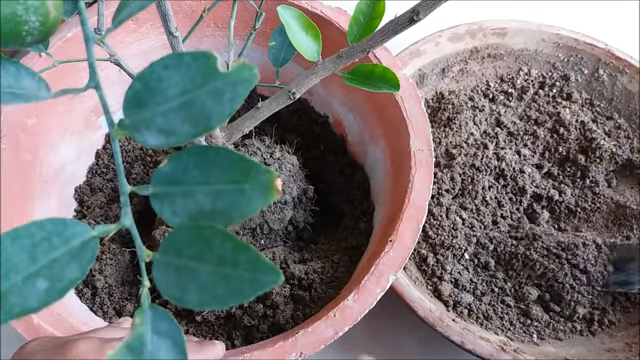
Step 4: Place the pot in a sunny location
Choose a sunny location for your Eureka lemon tree. Lemon trees need at least six hours of sunlight per day to produce fruit.
Step 5: Water and fertilize
Keep the soil moist, but be careful not to overwater. A good rule of thumb is to water the soil deeply once or twice a week, depending on the weather and the size of the pot.
Fertilize your Eureka lemon tree regularly with a balanced citrus fertilizer according to the package instructions. You can also add organic matter, such as compost, to the soil to improve its nutrient content.

Step 6: Prune the tree
Prune your Eureka lemon tree regularly to promote healthy growth and fruit production. Remove any dead or diseased branches, and prune back any branches that are crossing or growing in the wrong direction.
With the right care and attention, your Eureka lemon tree will thrive in its pot, producing plenty of juicy, delicious lemons for you to enjoy.
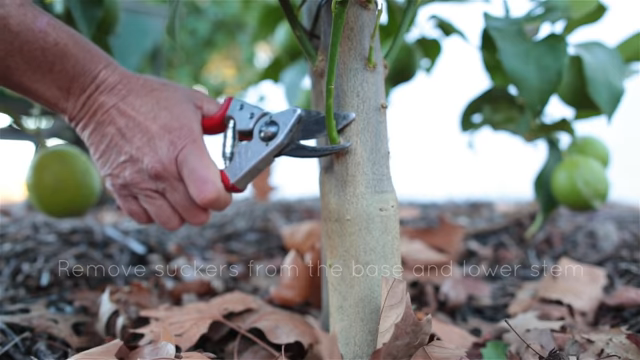
How to care for the eureka lemon tree?
Growing a Eureka lemon tree in a pot at home is a great way to enjoy fresh lemons year-round. Here are some tips for caring for your Eureka lemon tree in a pot:
Watering Requirement
Eureka lemon trees prefer moist, well-draining soil. It is important to water them deeply, but also allow the soil to dry out between watering to prevent root rot. As a general rule, water your Eureka lemon tree once a week or when the top inch of soil feels dry to the touch. Avoid overwatering, as this can lead to root rot and other problems.
Fertilizer Requirement
Eureka lemon trees need regular fertilization to produce healthy foliage and fruit. Apply a balanced fertilizer, such as a 10-10-10 formula, once a month during the growing season. Be sure to follow the manufacturer’s instructions and avoid overfertilizing, as this can damage the tree.

Sunlight Needs
Eureka lemon trees require at least six hours of direct sunlight per day to produce fruit. If you live in a cooler climate, you may need to move your tree to a sunnier spot or use a grow light to supplement the natural light.
Pruning & Training
Pruning and training your Eureka lemon tree can help it grow strong and produce healthy fruit. Prune off any dead, damaged, or diseased branches using sharp, clean pruning shears. To promote fruit production, remove any vertical shoots that emerge from the base of the tree. You can also train your tree to a single trunk or a more compact shape by pruning back any branches that are growing too tall or too wide.

Other Care
In addition to watering, fertilizing, and pruning, there are a few other things you can do to care for your Eureka lemon tree in a pot:
- Repot your tree every few years to ensure it has enough space to grow.
- Mulch around the base of the tree to help retain moisture and suppress weeds.
- Be on the lookout for pests such as scale insects, spider mites, and aphids. If you notice any signs of infestation, treat the tree immediately with an appropriate insecticide.
- Protect your tree from extreme temperatures, particularly during the winter months. Eureka lemon trees are sensitive to frost and may require additional protection during cold snaps.
- Harvest your lemons when they are fully ripe and yellow. If you pick them too early, they may not be as juicy or flavorful.
By following these tips, you can easily enjoy fresh, delicious Eureka lemons from your own tree, right in the comfort of your own home.
Common problems
Other Issues
Apart from the problems mentioned above, the eureka lemon tree grown in a pot at home may face some other issues, such as:
Root-bound: The eureka lemon tree can quickly outgrow its pot, leading to root-bound. This means the roots become tangled and compacted, which can restrict water and nutrient uptake. To prevent this, transplant your lemon tree into a larger pot with fresh soil every 2-3 years or when the pot becomes too small for the plant.
Overwatering: Overwatering can lead to root rot, which is a fungal disease that can kill the plant. Signs of overwatering include yellowing leaves, wilting, and mushy roots. To prevent overwatering, ensure that the pot has drainage holes, water the plant only when the top inch of soil feels dry, and avoid letting the pot sit in standing water.
Underwatering: Underwatering can cause the leaves to wilt and drop, and the fruit to become less flavorful. To prevent underwatering, water the plant deeply once or twice a week, depending on the weather and soil conditions.
Nutrient deficiencies: The eureka lemon tree requires regular fertilization to thrive. Nutrient deficiencies can cause stunted growth, yellowing leaves, and poor fruit production. To prevent nutrient deficiencies, fertilize the plant with a balanced fertilizer according to the package instructions.
Environmental stress: The eureka lemon tree can be sensitive to environmental stress, such as extreme temperatures or dry air. To prevent environmental stress, provide your plant with consistent temperatures, avoid placing it near drafts or heaters, and mist the leaves occasionally to increase humidity.
Harvesting & storing the homegrown eureka lemon tree
When to Harvest and Store Eureka Lemons:
Timing is also crucial when it comes to harvesting Eureka lemons. The lemons should be left on the tree until they are fully ripe and develop a bright yellow color. The skin should be smooth and slightly glossy, and the fruit should feel heavy for its size. To check if the lemons are ready, gently give them a slight tug. If they don’t come off easily, leave them on the tree for a few more days and try again.
Once the Eureka lemons are ready to harvest, use a pair of sharp shears or clippers to cut the fruit from the tree. Be careful not to damage the fruit or branches when cutting. After harvesting, gently clean the lemons with a damp cloth to remove any dirt or debris.
To store the Eureka lemons, keep them at room temperature in a dry and well-ventilated area, away from direct sunlight. Avoid storing them in a plastic bag, as this can trap moisture and lead to spoilage. Eureka lemons can last up to several weeks when stored properly.
If you need to store Eureka lemons for a longer period, you can freeze them. First, wash and dry the lemons, then slice them and remove the seeds. Place the slices in a single layer on a baking sheet and freeze until solid. Transfer the frozen slices to a resealable bag and store in the freezer for up to six months. Frozen Eureka lemons are perfect for making lemonade, lemon pies, or adding to your favorite recipes.
Growing eureka lemon tree in the container – Conclusion
Congratulations on learning how to grow eureka lemon trees in a pot! With the information provided in this guide, you should now have a good understanding of how to choose the right pot and soil mix, plant and care for your lemon tree, and troubleshoot any common problems that may arise.

Growing your own eureka lemon tree at home is a fantastic way to enjoy fresh, delicious lemons all year round. Not only is it rewarding, but it’s also a great way to save money and reduce your carbon footprint by growing your own produce.
So why not give it a try? Whether you’re a seasoned gardener or a beginner, growing eureka lemon trees in a pot is a great way to start. With a little bit of patience, care, and effort, you’ll be able to harvest your own lemons and enjoy the many benefits of homegrown produce. So go ahead and give it a try – you won’t regret it!





